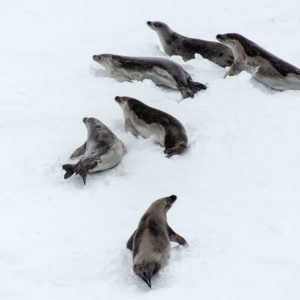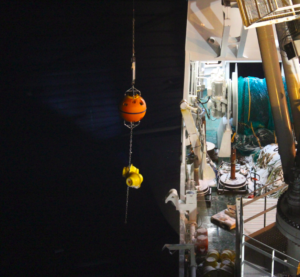After I got used to solid ground again, I would like to come back to the questions that I got from the Ask Me Anything event. Those questions posed on Reddit are answered directly there and I replied to some questions directly in an email. There was one specific question left that I want to write more about:
Is there plastic litter in the Southern Ocean?
Global plastic production has increased by >500 times over the last 60 years (Thompson et al., 2009). People all around the world are becoming increasingly aware of the big problems that our plastic polution causes to the oceans and to the marine wildlife. Microplastic (plastics smaller than 6mm) comes either as a secondary source from breakdown of marcoplastic, or directly from personal care products like shampoo, soap or synthetic fibres from the laundry. Microplastics are found in their highest concentrations along coastlines and within mid-ocean gyres. The World’s Ocean contain 63 320 pieces per km² and the East Asian seas 1 720 000 pieces per km² (Isobe et al., 2015; Eriksen et al., 2014).
The Southern Ocean is so remote from the sources that it was thought to be mainly free of plastic pollution. However, there are studies that show that microplastic is also found in the Southern Ocean, mainly in deep-sea sediments and the surface. It is partly transported across the ACC from other oceans and partly caused by ships and research stations in Antarctica (Waller et al., 2017). Especially microplastic can be transported far through the ocean currents as all world oceans are connected to each other.
In total, nobody knows how much plastic there is in the Southern Ocean, as it has only been measured at a few locations. But we know that there is no piece of ocean that can be completely save from plastic pollution. Also, it has not been measured yet how big the impact of microplastic is on Antarctic species; but in other oceans it causes reduction in energy reserves, ability of feeding and reproduction in marine biota (Cole et al., 2011).


















